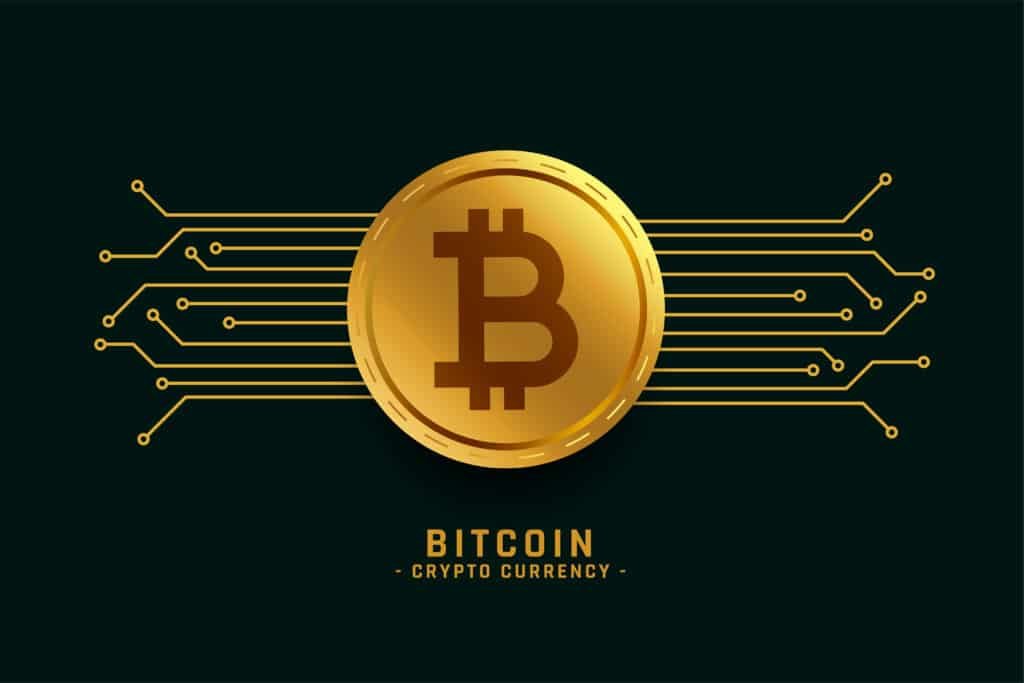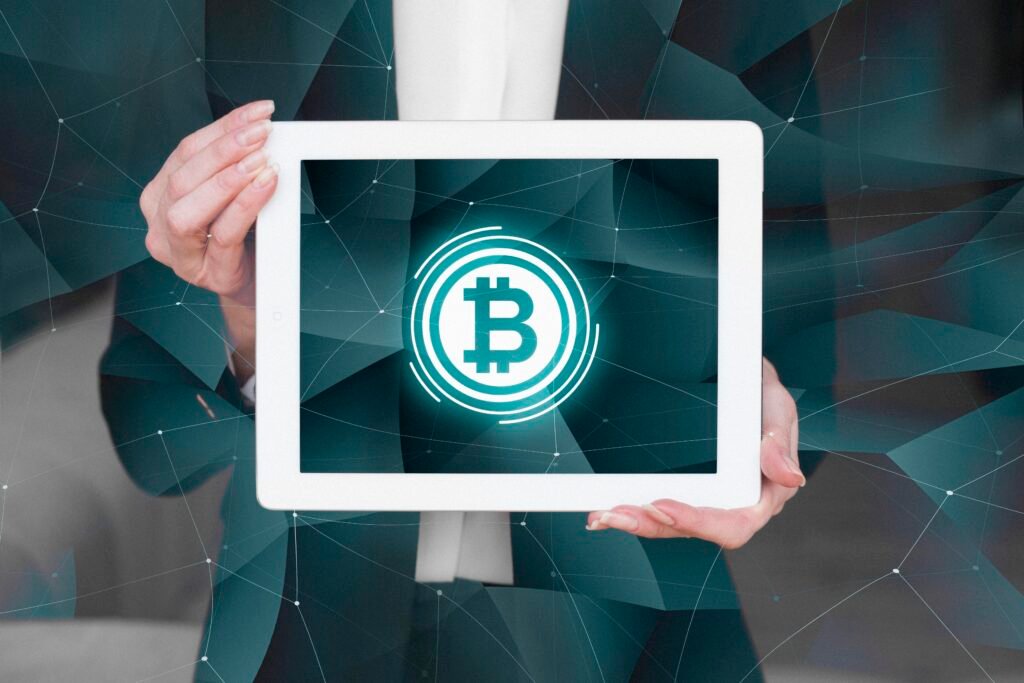PayPal Bitcoin A Simple Guide
How They Work Together
Introduction

When PayPal and Bitcoin joined forces, it became a big deal in digital money. This article will explain what happened when PayPal started letting people use Bitcoin, how it affects the market, and what it means for you.PayPal is a popular online way to send and receive money. It started in 1998 and is used by people all over the world. You can use PayPal to pay for things online, send money to friends, or get paid for things you sell.
With PayPal, you can link your bank account or credit card to your account. This makes it easy to pay for things without entering your payment details every time.Lots of stores and websites accept PayPal as a way to pay. This makes it convenient for people to shop online without worrying about their payment information being stolen.PayPal also offers other features, like PayPal Credit, which lets you pay for things over time, and PayPal.me, a link you can share to request money from others.
Recently, PayPal has started letting users buy, sell, and hold cryptocurrencies like Bitcoin and Ethereum. This means you can manage your digital money all in one place.PayPal is known for being easy to use, widely accepted, and secure. It’s a renowned choice for two parties, individuals and businesses. And with its new features like cryptocurrency, PayPal stays relevant in the ever-changing world of online payments.
Understanding PayPal and Bitcoin Together

PayPal, a popular way to pay for things online, said in 2020 that it would start letting people buy, sell, and keep cryptocurrencies, including Bitcoin, Ethereum, and others. This meant that millions of PayPal users could now deal with cryptocurrencies right from their PayPal accounts.People can now buy, sell, and hold Bitcoin and other cryptocurrencies using their PayPal accounts. They can also use their cryptocurrency to pay for things at millions of places that accept PayPal.
How it Works PayPal’s cryptocurrency services
To use PayPal’s cryptocurrency services, you need to have a PayPal account. Then, you can go to the cryptocurrency section in your PayPal account to buy, sell, and keep your cryptocurrencies.When you buy Bitcoin or other cryptocurrencies via PayPal, you can use your PayPal balance or a bank account to pay. After the purchase, the cryptocurrencies are securely stored in your PayPal account.
If you want to pay for something with your cryptocurrency, you can choose it as a payment method at checkout when you use PayPal. PayPal will convert your cryptocurrency into regular money at the current exchange rate so you can make your purchase.
What it Means for the Cryptocurrency Market

When PayPal said it would start dealing with Bitcoin, it significantly impacted the cryptocurrency market. It made Bitcoin and other cryptocurrencies more popular and trusted because PayPal is a big company.Now that cryptocurrencies can be easily used with PayPal, more people might be interested in using them. This could make cryptocurrencies even more common and valuable.
Challenges and Things to Think About

Even though PayPal and Bitcoin work together, they are suitable for many people, and there are some things to watch out for. PayPal still controls PayPal’s cryptocurrency services, which is the opposite of what cryptocurrencies are all about.You should also be careful about PayPal’s fees for buying and selling cryptocurrencies and its rules regarding withdrawing your cryptocurrencies. Don’t forget about the taxes you might have to pay if you use cryptocurrencies with PayPal.
Summery
As a result of the partnership between PayPal and Bitcoin, cryptocurrencies are now making their way into the mainstream. With millions of PayPal users now able to use cryptocurrencies, it’s easier than ever for people to invest in and use Bitcoin and other cryptocurrencies as a medium of exchange.While PayPal’s announcement that it will support Bitcoin is welcome news, it’s important to keep in mind that there are fees and rules associated with using cryptocurrencies with PayPal. As cryptocurrencies become more prevalent, the PayPal and Bitcoin partnership will continue to change how people use PayPal.As a society, we pay for things and manage our finances.
In the world of finance, PayPal and Bitcoin might seem like two names that belong to different fields, but in reality they are not. This article will provide some information on how PayPal and Bitcoin interact in certain scenarios, which will give users more options and flexibility in managing their money. Let’s take a look at some simple examples of how they interact.
In addition to providing users with a convenient method of sending and receiving money electronically, PayPal is also a popular online payment platform. PayPal is a digital wallet that stores users’ funds securely and facilitates the transfer of funds between PayPal users and merchants. Meanwhile, Bitcoin is a form of digital currency that is often referred to as a cryptocurrency. It is operated on a decentralized network called the blockchain, which enables peer-to-peer transactions without the need for an intermediary like a bank.
So, how do PayPal and Bitcoin collaborate? PayPal initially shied away from cryptocurrencies, but eventually they embraced them to some extent. In 2020, PayPal announced that it would be possible for its users to buy, sell, and hold certain cryptocurrencies, including Bitcoin, on its platform. As PayPal’s vast user base gained access to digital assets like Bitcoin with just a few clicks in this move, it marked the beginning of mainstream acceptance of cryptocurrencies.
This is how the process usually works

Users who have PayPal accounts can purchase Bitcoin directly from PayPal’s app or website if they have one. paypal bitcoin Once they buy Bitcoin, it gets stored in their PayPal digital wallet, alongside any traditional currencies they hold. The user can then choose to either use the Bitcoin as an investment or to pay for goods and services at merchants that accept PayPal payments as a means of payment.
When making a purchase using Bitcoin through PayPal, the transaction occurs seamlessly within the PayPal ecosystem. The seller receives the payment in their preferred currency, while the buyer’s Bitcoin balance decreases by the equivalent amount. This integration of Bitcoin into PayPal’s platform simplifies the user experience, as users can manage both their traditional and digital currencies from a single interface.
As a result of this, it is essential to note that PayPal does offer convenience and accessibility, but it also comes with certain limitations and fees. Users may experience restrictions on withdrawals from PayPal to external wallets, as well as on sending Bitcoin to other PayPal users. Additionally, PayPal charges transaction fees for buying and selling cryptocurrencies, which can vary based on factors like transaction amount and payment method.
Despite these limitations, PayPal’s support for Bitcoin represents a significant milestone in the journey towards mainstream adoption of cryptocurrencies. PayPal has been a pioneer in bridging the gap between traditional finance and the emerging world of digital assets, allowing millions of users to explore and get involved with Bitcoin through its seamless integration into the banking industry.
PayPal Bitcoin Interact

paypal bitcoin To summarize PayPal and Bitcoin may seem as though they don’t seem like likely companions, but together they are able to create more financial opportunities for their users. You can empower yourself to make informed decisions about your money in the digital age by understanding how PayPal and Bitcoin interact regardless of whether you want to invest in Bitcoin or are simply curious about how the intersection of traditional finance and cryptocurrencies works.paypal bitcoin article has ended here.
